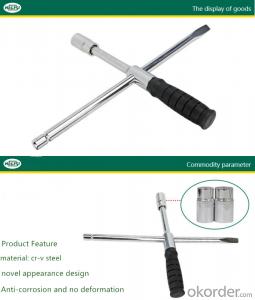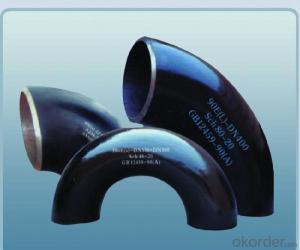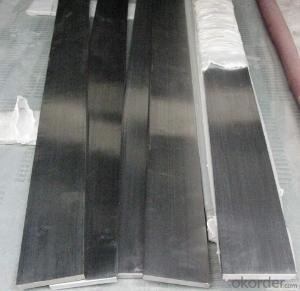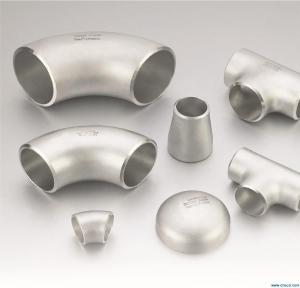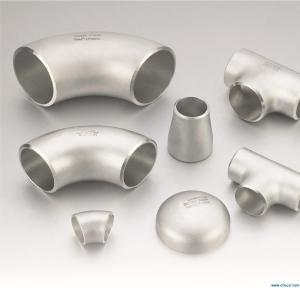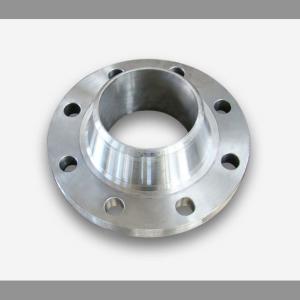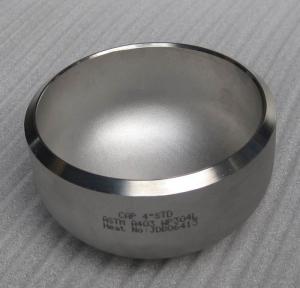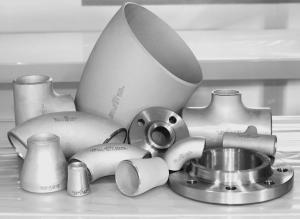Men's Stainless Steel Cross
Men's Stainless Steel Cross Related Searches
Best Paint For Stainless Steel Blanket Insulation For Steel Buildings Primer For Galvanized Steel Foam Filter For Stainless Steel H S Code For Stainless Steel Surface Grinding Wheels For Stainless Steel Surface Grinding Wheels For Hardened Steel Hole Saw For Stainless Steel Paint For Stainless Steel Stainless Steel For BbqHot Searches
Steel Mesh Panels For Sale Price For Stainless Steel Scrap Scrap Price For Stainless Steel Price For Stainless Steel Stainless Steel Tank For Sale Stainless Steel Sheets For Sale Cheap High Tea Sets For Sale Stainless Steel Tanks For Sale Stainless Steel For Sale High Density Fiberboard For Sale Solar Hot Water Collectors For Sale Scaffolding For Sale In Uae Scaffolding For Sale In Ireland Scaffolding For Sale In Houston Type Of Inverter For Solar Price Of Shipping Containers For Sale Types Of Inverter For Solar Stock Price For Aluminum Used Solar Inverter For Sale Steel Mesh Panels For SaleMen's Stainless Steel Cross Supplier & Manufacturer from China
Okorder.com is a professional Men's Stainless Steel Cross supplier & manufacturer, offers integrated one-stop services including real-time quoting and online cargo tracking. We are funded by CNBM Group, a Fortune 500 enterprise and the largest Men's Stainless Steel Cross firm in China.Hot Products
FAQ
- Yes, stainless steel flats are suitable for the manufacturing of architectural railings. Stainless steel is a durable and corrosion-resistant material, making it ideal for outdoor applications such as railings. Additionally, the sleek and modern appearance of stainless steel flats enhances the aesthetic appeal of architectural railings.
- No, stainless steel flats cannot be phosphated. Phosphating is a process that involves the application of a phosphate coating to enhance the corrosion resistance and provide a better surface for paint adhesion. However, stainless steel already possesses excellent corrosion resistance due to its high chromium content, which forms a passive oxide layer on the surface that protects it from corrosion. As a result, there is no need for phosphating stainless steel flats.
- Stainless steel flats are highly resilient and perform exceptionally well in extreme weather conditions. Their corrosion resistance and durability make them ideal for withstanding harsh elements such as high temperatures, humidity, heavy rainfall, and intense UV exposure. Their structural integrity remains intact, ensuring long-term performance and minimal maintenance even in the most challenging weather conditions.
- The corrosion resistance of stainless steel flats is generally superior to that of other materials. Stainless steel is specifically designed to resist corrosion and oxidation, making it highly suitable for various applications where exposure to moisture, chemicals, and other corrosive elements is a concern. Compared to materials such as carbon steel or aluminum, stainless steel flats offer excellent resistance to rust, staining, and pitting. This is primarily due to the presence of chromium in stainless steel, which forms a thin, protective oxide layer on the surface, known as the passive layer. This passive layer acts as a barrier, preventing further corrosion and maintaining the integrity of the material. Additionally, stainless steel flats can also withstand extreme temperatures, further enhancing their corrosion resistance. Overall, stainless steel flats are widely recognized for their exceptional resistance to corrosion, making them a preferred choice in various industries, including construction, automotive, marine, and food processing.
- Yes, stainless steel flats can be used in construction projects. Stainless steel is a versatile material that offers several advantages in construction applications. Its corrosion resistance makes it ideal for use in environments exposed to moisture, such as coastal areas or areas with high humidity. Stainless steel flats are also known for their durability and strength, making them suitable for structural applications. Additionally, stainless steel has an attractive appearance, which can enhance the aesthetic appeal of a construction project. Overall, stainless steel flats are commonly used in construction projects for their structural integrity, corrosion resistance, and aesthetic qualities.
- In the automotive aftermarket, various stainless steel flats are commonly utilized. These can be categorized into four types: 1. Austenitic Stainless Steel: Renowned for its exceptional corrosion resistance and high strength, this stainless steel type is frequently employed in automotive applications that necessitate durability and resistance to rust and corrosion. Examples include exhaust systems and body panels. 2. Ferritic Stainless Steel: This variant is known for its magnetic properties and remarkable resistance to corrosion. It finds widespread use in automotive applications where corrosion resistance is vital, such as fuel tanks and brackets. 3. Martensitic Stainless Steel: Distinct for its high strength and hardness, martensitic stainless steel is often chosen for automotive components that require strength and durability. Suspension components and fasteners are typical examples. 4. Duplex Stainless Steel: By combining austenitic and ferritic stainless steels, duplex stainless steel offers a well-balanced combination of strength and corrosion resistance. It is commonly utilized in automotive applications where both strength and resistance to corrosion are crucial, including drive shafts and wheel hubs. The selection of these various types of stainless steel flats in the automotive aftermarket is based on specific requirements, including desired levels of strength, corrosion resistance, and magnetic properties.
- To calculate the moment of inertia for a stainless steel flat with holes, you need to consider the individual moments of inertia for each component (solid regions and holes) and then sum them up. The moment of inertia for a solid region can be calculated using standard formulas based on its shape (e.g., rectangular, circular, etc.). For the holes, subtract their individual moments of inertia from the total moment of inertia of the flat. Finally, sum up the moments of inertia for all the components to get the overall moment of inertia for the stainless steel flat with holes.
- Indeed, the pharmaceutical industry can make use of stainless steel flats. Stainless steel is renowned for its outstanding resistance to corrosion, a quality of utmost importance in settings where cleanliness and hygiene are imperative, such as the pharmaceutical realm. In pharmaceutical facilities, stainless steel flats are frequently employed for fabricating equipment, storage tanks, and piping systems. Furthermore, the smooth surface of stainless steel facilitates effortless cleaning and sterilization, guaranteeing the integrity of pharmaceutical products by preventing any potential contamination.

















